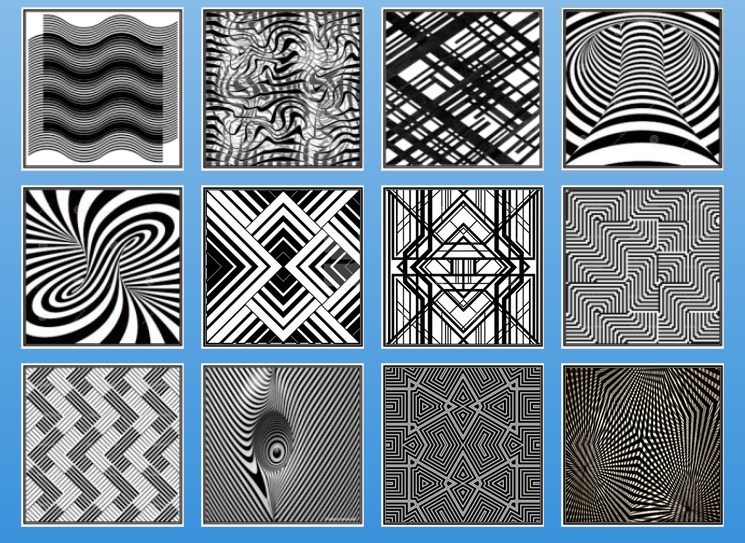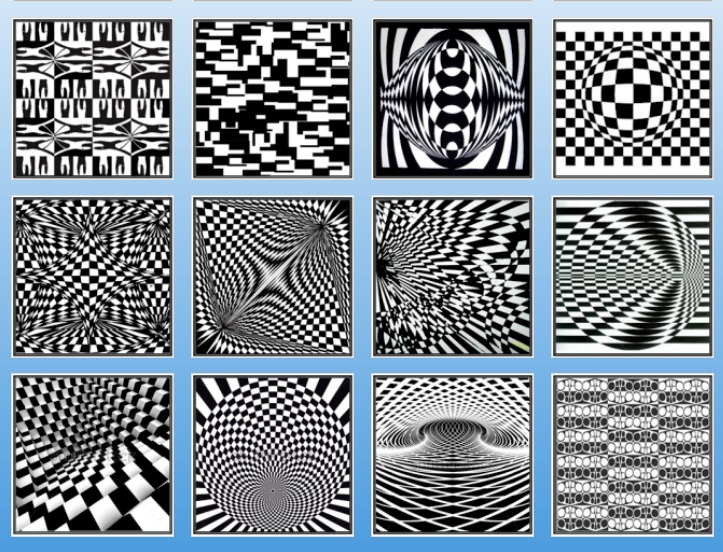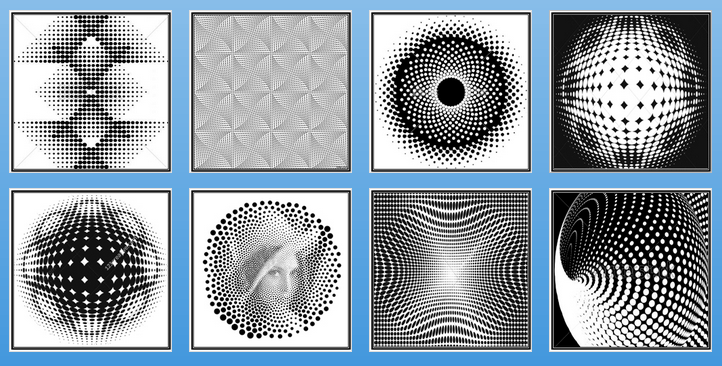a minute idea
In this article, we, SMD decorations company in Turkey, will talk about decorative design and the Basic Rules and foundations followed in drawing in all its forms, starting from the point and line until the formation of the final shape created by the painter or designer.
Decorative design usually consists of layouts and units distributed among themselves in an appropriate distribution that ultimately achieves the desired artistic effect, which derives its conditions and origins from the conditions of nature and its origins in accordance with good taste, both in terms of the distribution of units and in terms of appropriate colors.
Rules and foundations of decorative design
Every science, art or industry has systems and rules or assets on which it is based, and like any art, it has basic rules on which it is based for decoration, rules derived from nature and decorative works that are leading in beauty and perfection.
In this article, Tikia decorations company outlines the basics of decorative design with an illustration with some photos :
1. the point
It is a small position in a certain space, which does not have a length, width or depth, and the point is considered one of the most important design elements, and it is determined at the beginning of drawing any shape, using a pen or any other tool, on the surface of the material to be designed on, and designers use it to make marks, connecting them.
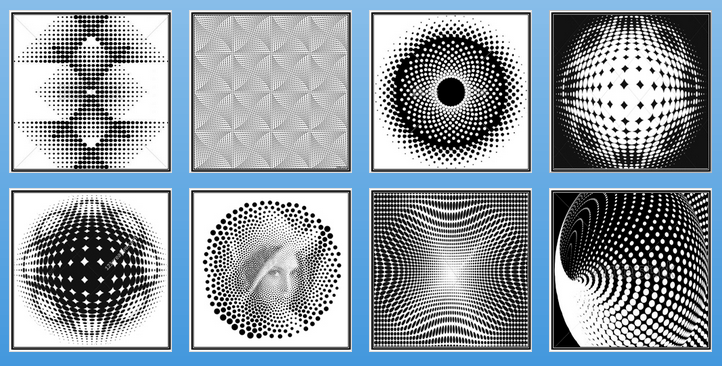
2- Font
It is the shape resulting from moving a point in a certain path, which is the distance that connects two points, and the lines include many types of them:
A-horizontal line: it is characterized by its rapid movement.
B-wavy line: it is characterized by its slow and flowing movement.
C-vertical line: it is characterized by vertical movement.
X-curved line: it denotes circular motion, and is used to express circles and balls.
D-the broken line: it denotes strength and violence.
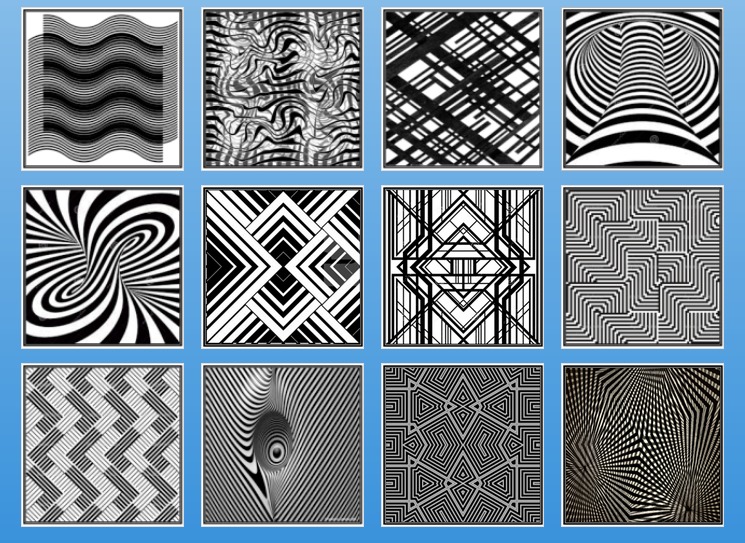
3. shape
It is the gathering of a set of lines, connecting them together to form a certain shape, examples of shapes are:
Geometric shape: it is a specific shape that has certain measurements, dimensions and angles, such as a rectangle and a triangle.
Irregular shape: it combines a set of straight lines, and curved ones that suggest movement.
Automatic shape: this shape is made by adding some colors automatically.
Organic shape: this shape consists of curved lines in a circular shape.
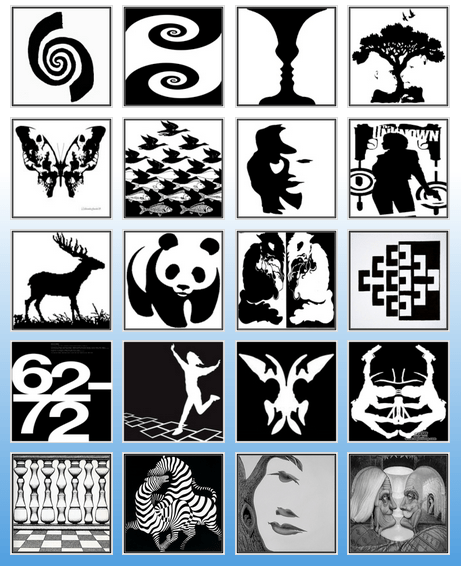
4. texture
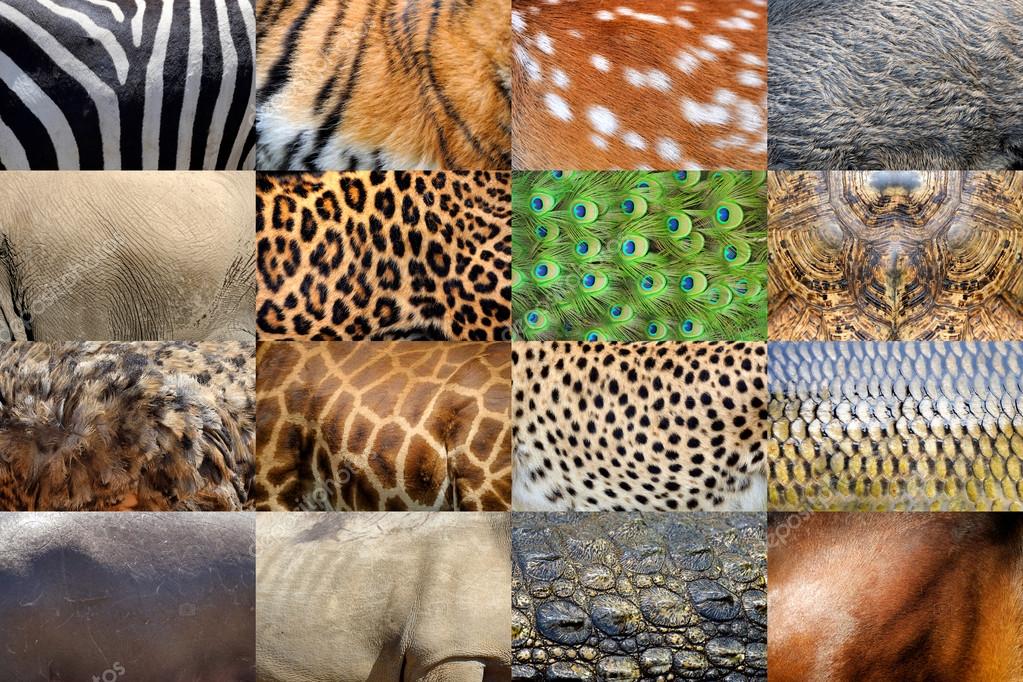
-5 Colors
Colors add beauty and clarity to shapes.

6. vacuum
It is the empty space around the design, where a suitable background should be placed for the design.
Sources of motifs can be broadly divided into :-
A-human motifs: it is a work inspired by man and discovered since ancient times and once in modernity through the ages .
B-animal motifs: they are decorative lines inspired by the animal.
C-plant motifs: it is a work inspired by many plants, but the decorative unity is a reduction of these plants.
D-geometric motifs: it is a work inspired by geometric shapes and it depends on the decorative unit or geometric construction that simplifies these shapes.
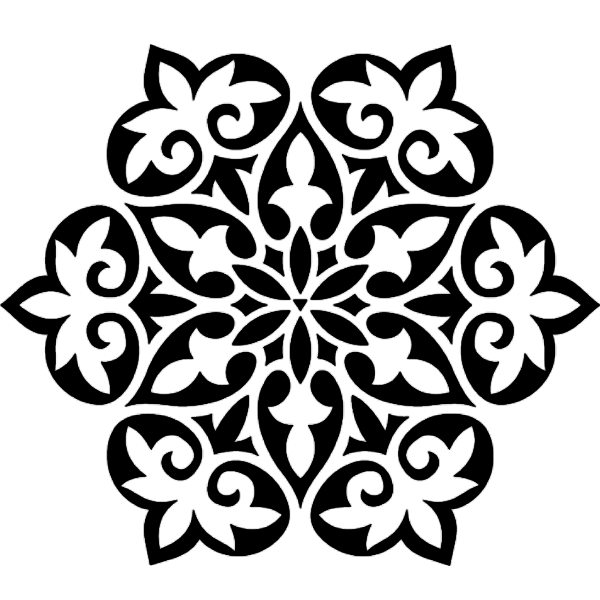
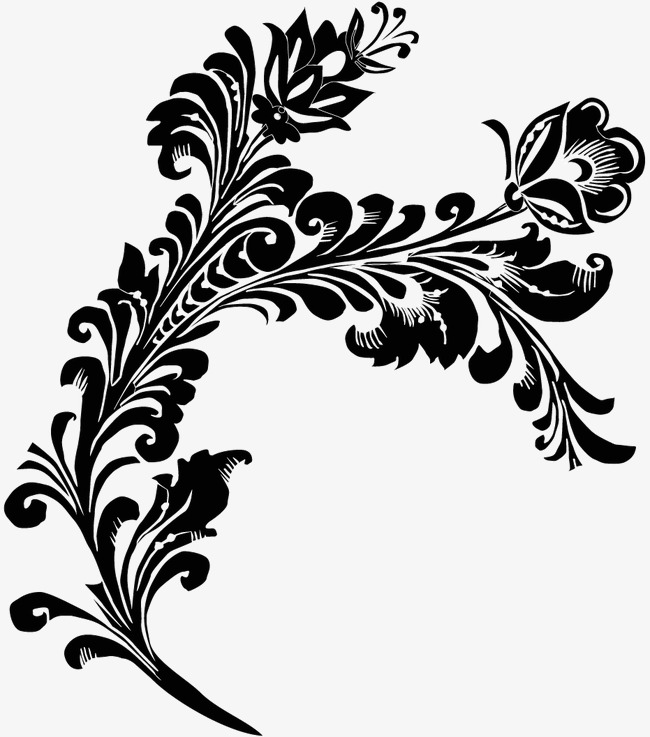
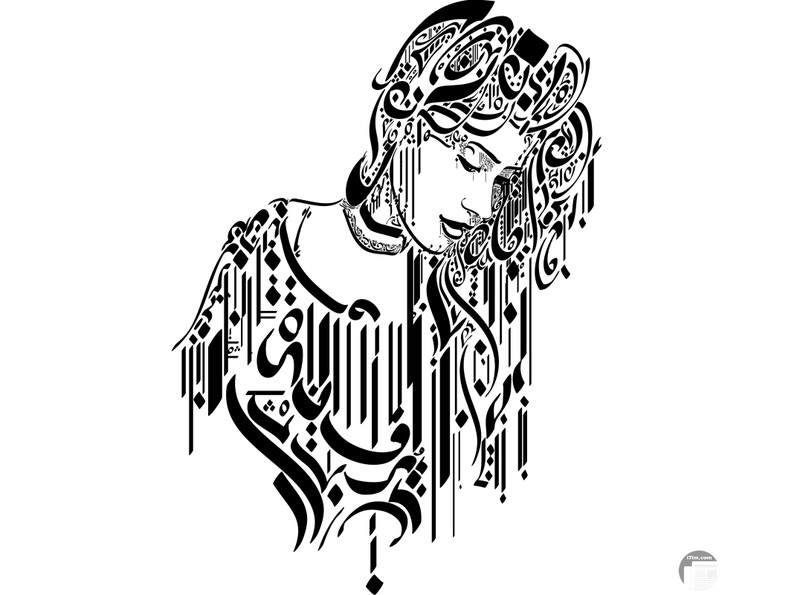
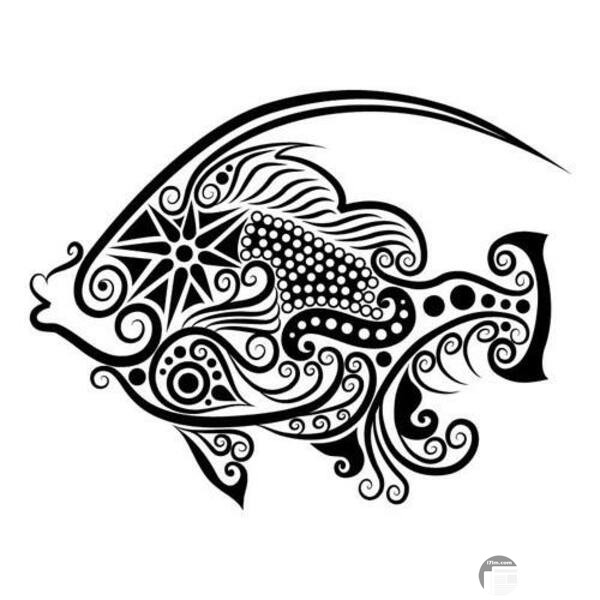
What are decorative modules:-
Decorative modules are the basis of decoration in repetition and symmetry and depend on the chosen model of decoration and its transformation from its natural image to the exquisite decorative form, and this form is called the decorative unit, and from the repetition of this unit and its symmetry the desired decorative design is formed.
At the end of this article, it should be known that the process of decorative design and the production of space in its visual content has colored the creativity of ancient man since he took the first shelter from the caves in which he took refuge and began to depict graphic models on the walls that mimic the assets around him, and in turn this creativity involved making and decorating what seemed to be the first tools and furniture elements known to that man..The decorative element is one of the most important visual components that have translated that tireless research that man has always tended to in his quest for the realization of beauty, through temporal and spatial dimensions that have drawn the social and cultural life and its components for this man, and what interests us in this presentation is to highlight this The component and its very early presence in the history of interior design.




